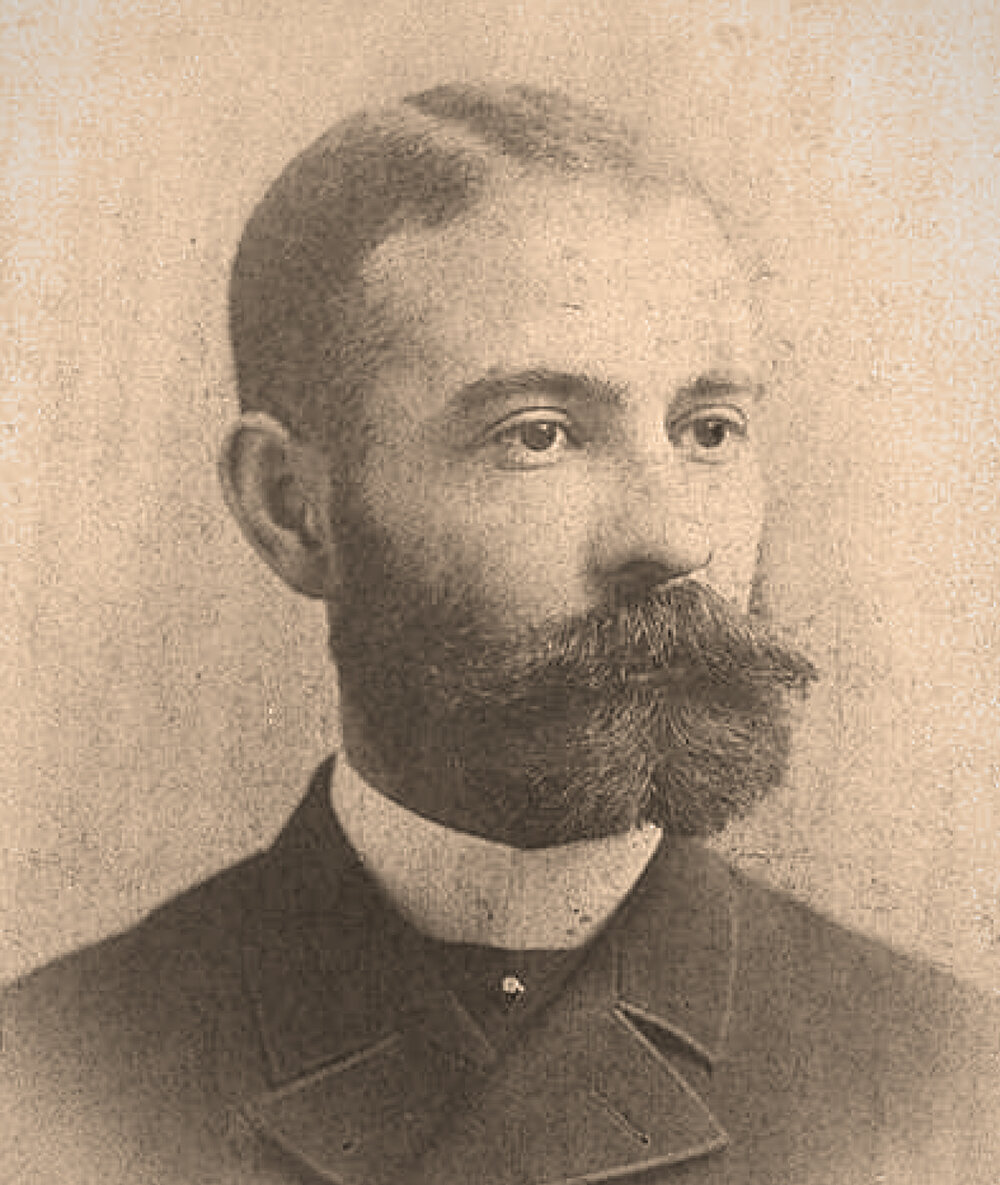Dr. Mamie Parker
The Trail-blazing Conservationist
A portrait of Dr. Mamie Parker.
Dr. Mamie Parker, who grew up loving the outdoors through her mother’s influence, became a powerhouse in wildlife conservation. She enjoyed a diverse career that saw several firsts, such as being named a U.S. Fish and Wildlife Service (USFWS) regional director. No black woman before her can claim that. In her role as regional director, she oversaw thirteen states in the northeast and spearheaded the removal of dams that impeded the annual migration of Atlantic salmon. Officials promoted Dr. Parker to Head of Fisheries and assistant director in the early 2000s. The Virginia Department of Wildlife Resources Board also elected Dr. Parker as its first black female chair in 2019.
Portrait of Dr. Mamie Parker with her bird of choice, the Painted Bunting. Illustrated by Daniel J. Middleton.
Mamie Aselean Parker was born in Wilmot, Arkansas, on October 14, 1957, the youngest of 11 children. Her mother, Cora Parker, was a sharecropper who raised her children alone. Dr. Parker’s mother named her after the sitting first lady of the United States, Mamie Eisenhower. Cora Parker loved fishing, and Dr. Parker developed the same love, which blossomed into a career. As a child, Dr. Parker got her introduction to fish and birds at Bayou Bartholomew, the world’s longest bayou with over 360 species of fish and wildlife.
After graduating as salutatorian (or second in her class) of Wilmot High School, Dr. Parker attended the University of Arkansas at Pine Bluff (UAPB). She graduated in 1980 with a bachelor’s in biology. She later attended the University of Wisconsin, earning a master’s in fish and wildlife management and a PhD in microbiology. Dr. Parker began working for the USFWS in May 1977, where she remained for over four decades. In her various roles, Dr. Parker traveled the country extensively. And she was involved in conservation efforts related to national fish hatcheries, marine mammals, national wetlands, wetland restoration, and coastal mapping. In a conversation with the National Wildlife Federation, Dr. Parker stated:
When I visit a protected wildlife area and know that’s because of our work or our predecessors, it’s exciting. I’m able to be here because someone thought this was precious enough to hold onto in this world, where everything is developing around us.”
Dr. Mamie Parker with President Barack Obama and Senator Dick Durbin.
Dr. Parker has garnered numerous awards for her work over the years. The USFWS presented her with the Ira Gabrielson Award for her outstanding leadership. She was enshrined into the Arkansas Outdoor Hall of Fame by the governor, being the first black person to receive such an induction. The University of Arkansas at Pine Bluff likewise inducted her into its hall of fame and extended its Rural Life Distinguished Leadership Award. In recognition of her outstanding leadership and role in developing the National Fish Passage Program and the National Fish Habitat Plan, President Barack Obama presented her with the Presidential Rank Award. It is the highest honor a U.S. president can bestow on government employees.
Dr. Parker retired from government in 2007, but her work in conservation never slowed. As chair of the Virginia Department of Wildlife Resources Board, she oversaw the passage of a resolution that protected migratory birds threatened by bridge construction.
You may also be interested in:

This article appears in 12 Modern Black Birders.
Available from Amazon.com, BN.com, and other retailers.





Dr. Kassandra Ford is a postdoctoral researcher who studies the evolution of electric fishes from South America and Africa. She is also an avid birder.